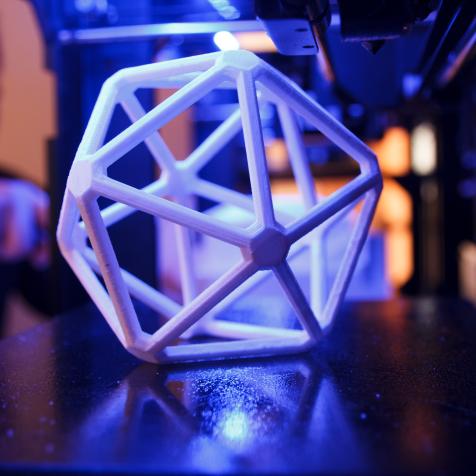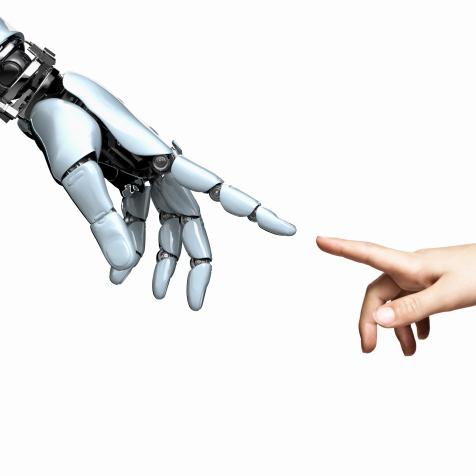
Mindful Media
How 3D Print Building is Changing the Future
Building with 3D printing technology is sparking widespread interest in the construction industry. Besides reducing waste and our impact on the environment, it can speed up construction from weeks, or months, to days. Projects that use simple raw materials like soil, straw, and even salt, can be built in a fraction of the time and cost of traditional construction.
Walls are built up layer by layer using an industrial 3D building printer. Construction waste is minimized and, because the printers are mobile like small cranes, they can be set up quickly where they are needed. Home design can be customized easily giving architects more creative freedom.
Companies use recycled products and eco-friendly cements to reduce carbon dioxide emissions and make building more sustainable. By using a range of simple, readily available or even waste materials like plastic in the mix, it then reduces the chance of materials being unavailable or too costly.
Most construction uses conventional methods, but 3D print is growing steadily. To see how the technology can change the world around us, here are five projects that highlight bold ideas in 3D print building.
Instant Neighborhood
Community building takes on new meaning with the creation of a neighborhood of 10 3D printed homes in Tabasco, Mexico, aimed at tackling global homelessness. American non-profit New Story and tech company ICON built each concrete house – including two bedrooms, living room, kitchen and bathroom – from start to completion in 24 hours.
Families in the area live on less than $3 a day and New Story says its aim is to provide shelter for the more than one billion people without homes around the world.
Nested Housing
Shamballa, named after the mythical Buddhist kingdom, is the brainchild of Italian 3D print construction company WASP. This project uses soil and straw to build a home in days that cost only 48 Euros in materials and energy. The crane 3D system can print an area of more than 500 square feet. Its circular designs are based on the potter wasp nest.
Each community will feature a vertical garden for growing food and a laboratory with a desktop 3D printer for making furniture, artistic objects and more.
Think Schools
African island state Madagascar is hosting one of the world’s most forward-thinking school building projects. Non-profit Thinking Huts is using 3D print technology to provide schools where children have little or no access to education. Schools are built using local materials and low carbon concrete in under a week.
Beehive-inspired designs allow buildings to be easily expanded, and each school will include gardens built into the walls and solar panels on the roof for power.
Concrete Steps
Researchers at the Swiss University ETH Zurich used concrete 3D printing to build the 16 metre long curved Striatus footbridge. The project used 500 layers of concrete and 53 hollow blocks, held in place by compression, without binding or reinforcement. This reduces materials by up to 70 per cent, and the entire bridge can be ground down and recycled. The technology could be used for larger infrastructure projects and affordable housing.
Crystal Vision
Polymer concrete and salt are the materials Emerging Objects used in designing its impressive 3D Printed House 1.0 concept. Traditional construction methods are mixed with 3D printed bricks, tiles, and components to fabricate each house. Salt crystals were used to create a translucent waterproof material that can be printed in complex shapes, large enough to contain bedrooms, bathrooms, and a family dining room.


















